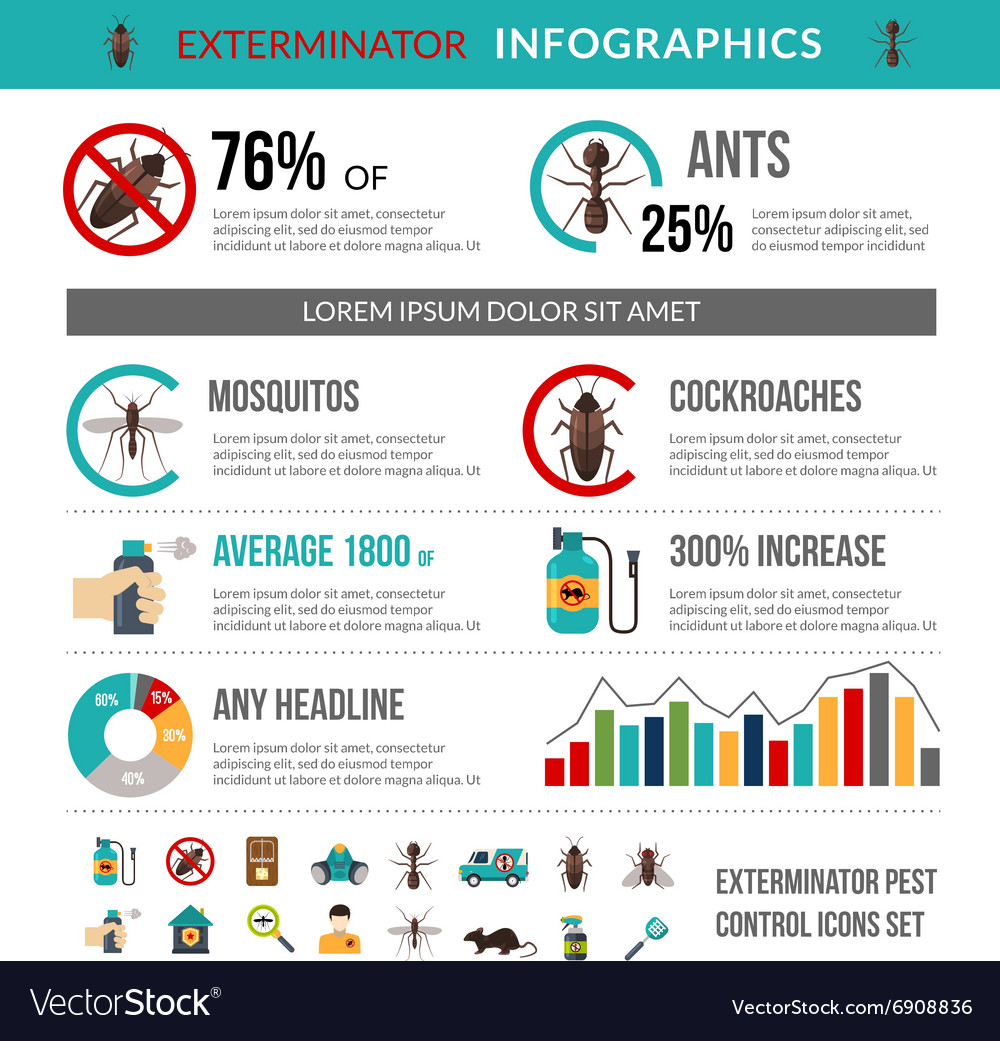Discover The Tricks Of Rodent Actions And Revolutionize Your Parasite Control Technique! Obtain Expert Insights Now And Bid Farewell To Those Pesky Animals For Good!
Discover The Tricks Of Rodent Actions And Revolutionize Your Parasite Control Technique! Obtain Expert Insights Now And Bid Farewell To Those Pesky Animals For Good!
Blog Article
Personnel Writer-Medina Toft
Visualize having the ability to prepare for the relocations of your challengers in a video game of chess, constantly staying one step in advance.
In the world of parasite control, recognizing rodent behavior resembles having that strategic benefit. By acquiring professional insights into the nesting habits, feeding patterns, and communication and social actions of rodents, you can efficiently battle these pesky creatures.
Yet just how exactly do rats act, and why is it important to recognize? In this discussion, we will untangle the enigmas of rodent actions, providing you with valuable expertise that will certainly aid you stay ahead in the battle versus pests.
Are https://zanemgbup.bloggactif.com/26318782/dependable-and-budget-friendly-bug-management-our-bug-extermination-solutions-give-comprehensive-coverage-for-your-demands ready to uncover the keys of these cunning animals?
Nesting Behaviors
To recognize rodent actions and properly control pests, it is essential to get insight into their nesting behaviors.
Rats, such as mice and rats, have an all-natural impulse to find sanctuary and create nests where they really feel safe and protected. These nests function as their homes, breeding premises, and storage space areas for food. Comprehending their nesting behaviors can aid you identify prospective areas of problem and execute targeted control steps.
Rats usually favor nesting in dark, remote rooms, such as attics, cellars, crawl spaces, and wall surface spaces. They utilize materials like shredded paper, fabric, insulation, and even chewed-up electrical wires to develop their nests.
Feeding Patterns
Rats display unique feeding patterns that play an essential duty in their behavior and can educate effective bug control strategies. Understanding these patterns is vital for applying effective parasite control steps.
Rats are opportunistic feeders, indicating they'll take in whatever food is conveniently offered. They prefer high-calorie foods such as grains, nuts, and seeds. This is why correct storage of food and waste monitoring are critical in stopping rodent infestations.
Additionally, https://connerhdxsn.blogsuperapp.com/26273854/analyzing-the-expenditures-what-quantity-of-money-should-you-allot-for-pest-control-solutions are nighttime, which implies they're most energetic during the night when they search for food. By knowing their feeding patterns, you can strategically put traps and baits to optimize their effectiveness.
Keeping food resources unattainable and keeping a tidy setting can assist discourage rats and reduce the threat of infestation.
Interaction and Social Behavior
Recognizing exactly how rodents interact and engage socially is important for reliable pest control approaches. Rats, like computer mice and rats, have complex interaction systems that they make use of to convey info per other and collaborate their activities. Below are three crucial elements of rodent interaction and social behavior:
1. Articulations: Rats produce a large range of singing sounds, including squeaks, tweets, and chattering, to connect with each other. These vocalizations can convey different messages, such as danger cautions or mating phone calls.
2. Scent marking: Rats use scent glands to leave chemical signals on objects and in their setting. These scent marks function as territorial borders and interact information about reproductive status, prominence, and social association.
3. https://thedigestonline.com/travel/mercer-county-wildlife-center/ : Rodents have a hierarchical social structure, with dominant people having access to resources and favored nesting websites. Comprehending this hierarchy is necessary for targeting pest control efforts and recognizing key people for removal.
Conclusion
So, there you have it - a short peek right into the remarkable world of rodent behavior. By recognizing their nesting habits, feeding patterns, and interaction, we can better tackle the problem of bug control.
Did you know that a women mouse can produce as much as 10 litters each year, with each clutter containing around 5-6 dogs? This amazing figure highlights the relevance of punctual and efficient bug administration to avoid rodent populations from spiraling out of control.
